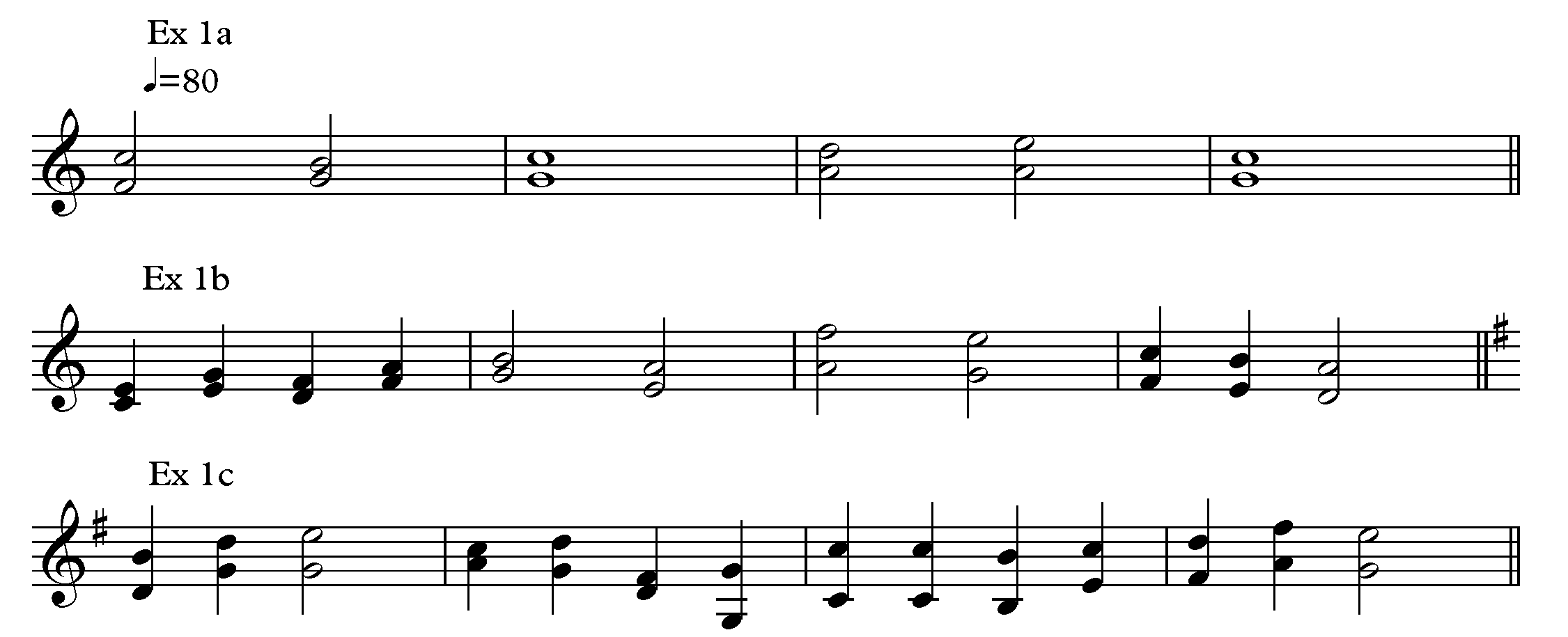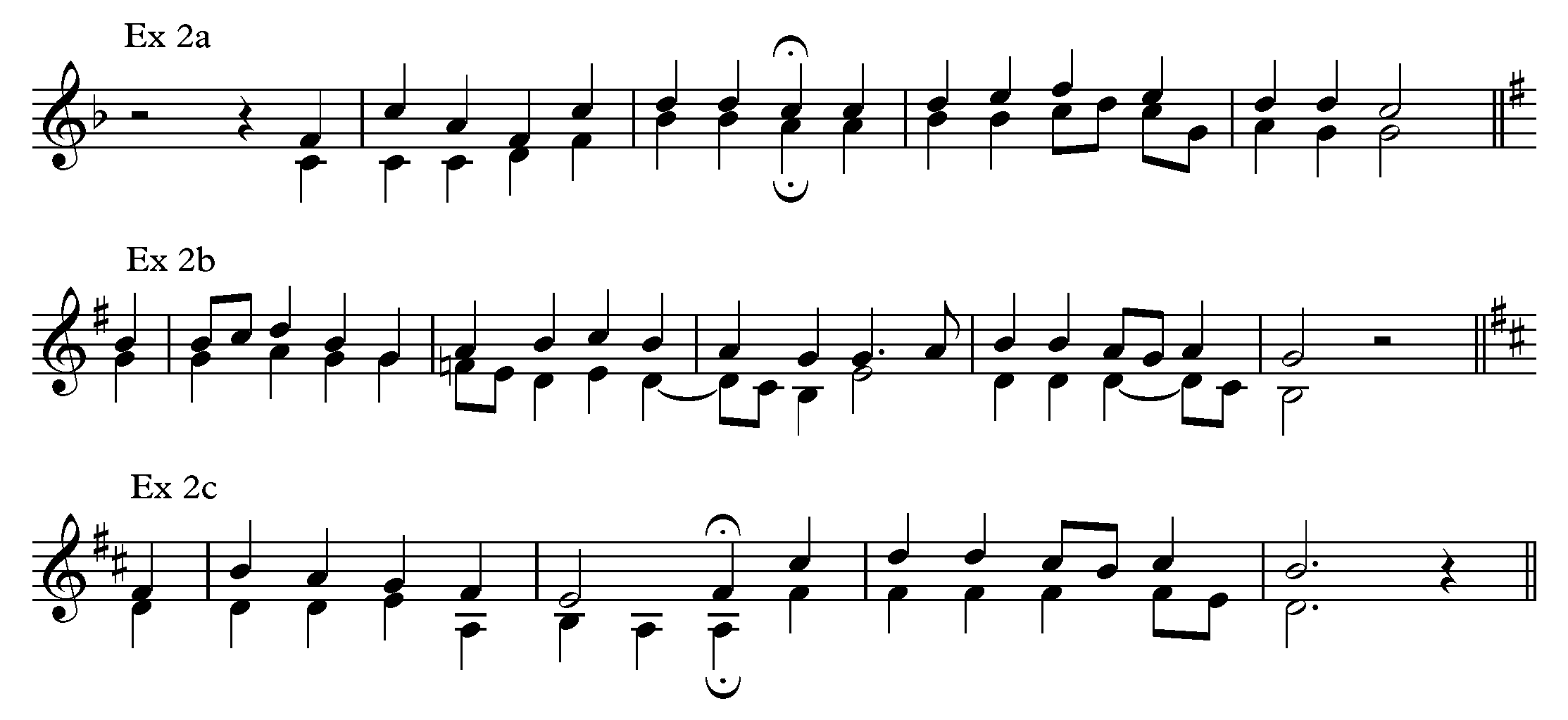Sight Reading on Guitar Part 5 – Reading chords
If you’ve missed part one, start here!
All of the material we have looked at so far in this sight reading on guitar series has been monophonic, i.e. one note at a time, but now we are going to tackle polyphony, starting by playing two notes simultaneously, and the thought process we can employ when reading to help make this a more manageable task.
As a guitarist playing any of the typical gigs that require reading skills, such as musical theatre, big band jazz or cruise ship show band, most of the reading you will be faced with will be chord symbols, which most guitarists are comparatively comfortable with (although we will cover how to improve this area in a future column) and the remaining proportion will be mostly single note notation of melodic phrases, or riffs. However, every now and then we are faced with a notated chordal part that has to be reproduced exactly. All too often these are exposed introductions which leave no hiding in a thick texture or simplifying of the part, so we have to be able to tackle these instances when they do crop up. In case you’re feeling like this is a skill too rarely of use to justify the effort, I’d like to add that practicing by reading more complex ideas is a great way to make yourself even more confident on simpler material, even if you don’t have to read chords that often.
In my experience, I’ve found that the best way to approach all notation is to be as pattern based as possible, rather than considering each note separately by name. This is especially true if you are already a competent guitarist familiar with scale patterns on the neck. When playing multiple notes simultaneously this is particularly relevant as the thought process would be prohibitively cumbersome to consider each note separately.
Therefore you should consciously try to look at each of the two note pairs in our first set of examples as a single interval rather than two notes, then play that interval starting on the bottom note. The goal is to train yourself to recognise the overall ‘picture’ of the stave with the two dots and automatically interpret it as ‘a fifth interval on G above middle C’.
Sight Reading on Guitar Examples 1a 1b & 1c
These first three figures look at a mixture of thirds, fourths and fifths in different keys. If you practice playing scales in intervals, the sound and fingerings will be familiar, and the reading of them will be easier too, as you will not have to consider whether the thirds are major or minor, or whether the fifth should be diminished.
One of the difficulties in learning sight reading on guitar is the multiple fingerings available for a single idea. To reduce this issue to start with, aim to play all the following examples using only the area of the fretboard between the 2nd and 7th frets.

Sight Reading on Guitar Examples 2a 2b & 2c
Here we have some extracts from various chorales by the baroque master J.S. Bach. Many scores of his music is available in the public domain and make both instructive and beautiful tuition materials. The chorales contain four parts (for the four voice groups in a choir) but when displayed across two staves as in keyboard music, each stave contains consistent two note phrases. Look out for when the moments when one part moves and the other remains stationary.

Thank you for checking out this sight reading on guitar column and I hope it’s helped you to get an insight into diads and chords when sight reading on guitar. In the next sight reading column we’ll delve further into chordal reading. So in the meantime get practicing with Bach chorales and keyboard charts!
If you’re in need of a refresher as to the key signatures, then here’s a link back to part four
| Read Previous Lesson | Read Next Lesson |
“The artists you work with, and the quality of your work speaks for itself.”
Tommy Emmanuel
© Copyright Fundamental Changes Ltd 2025
No.6 The Pound, Ampney Crucis, England, GL7 5SA
